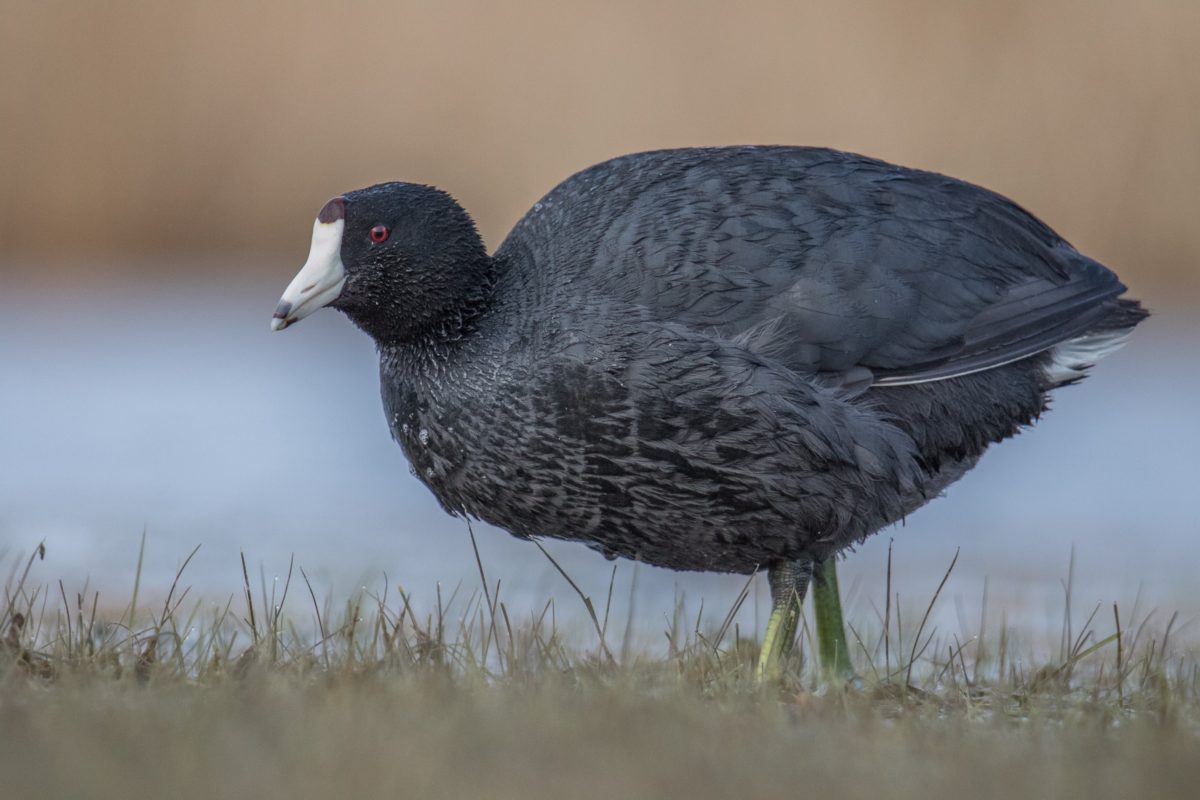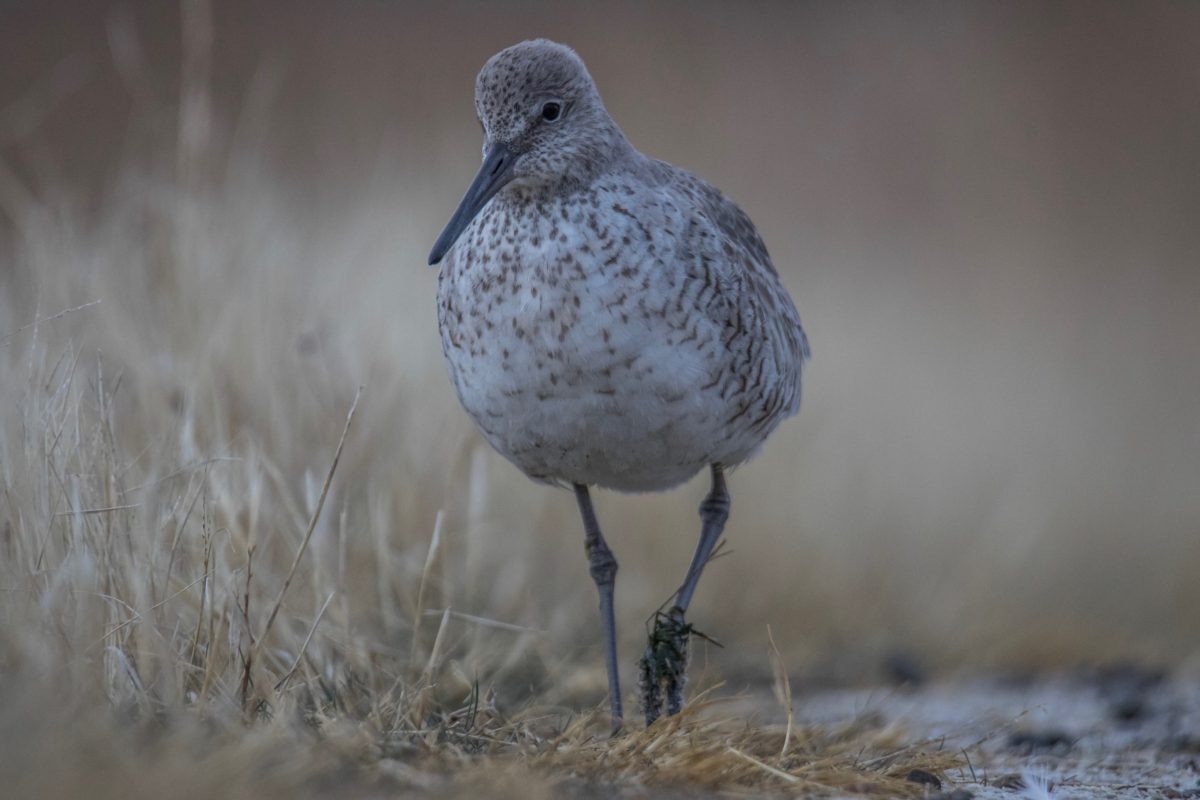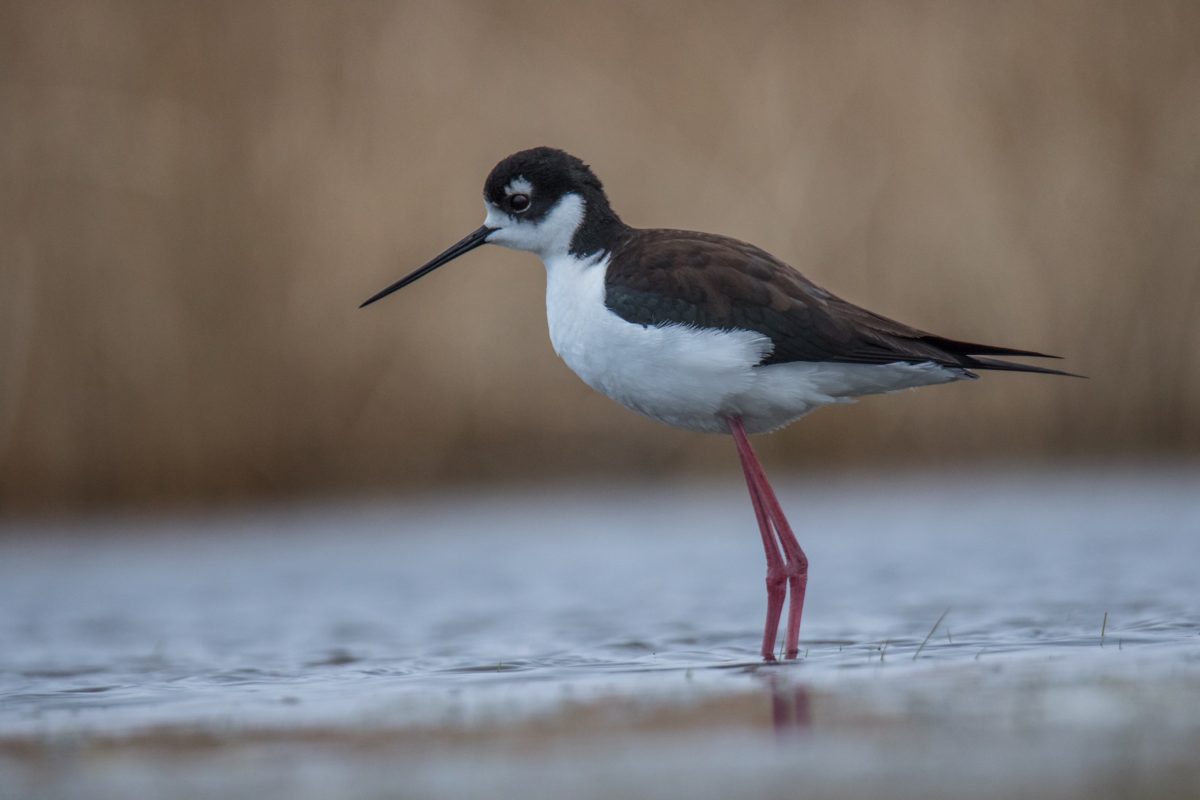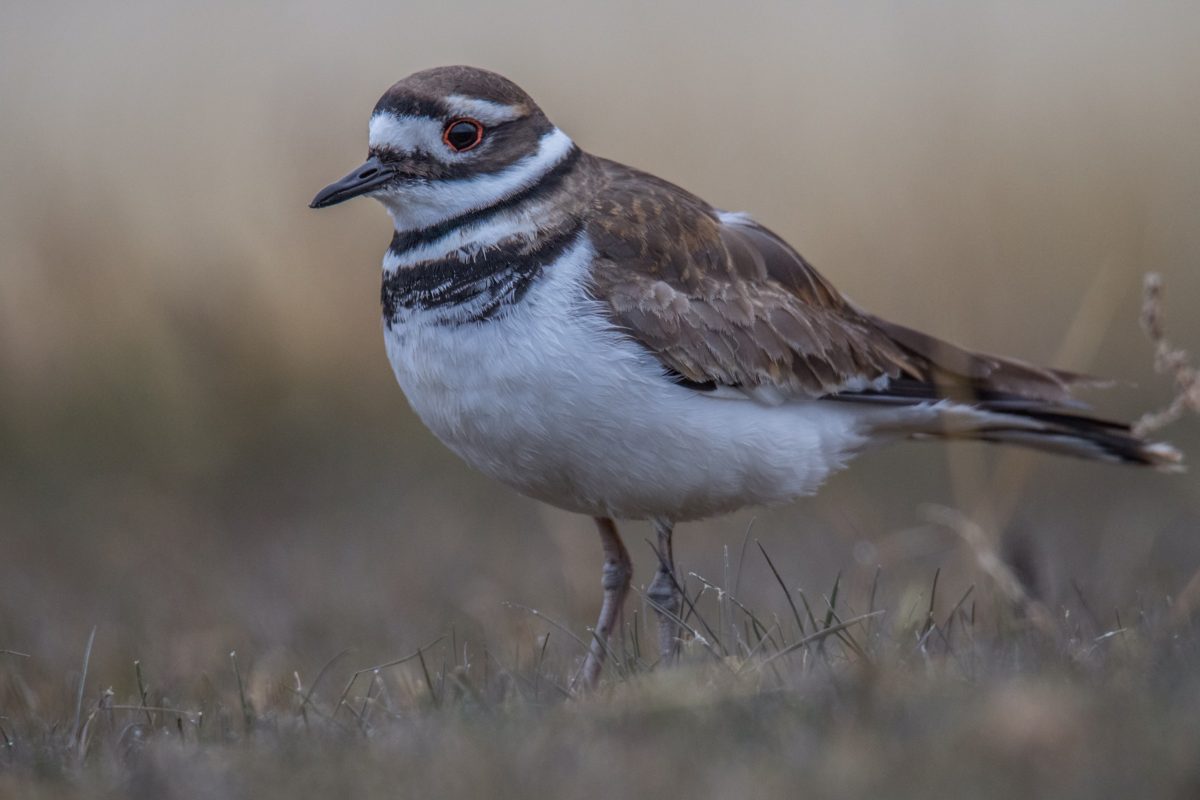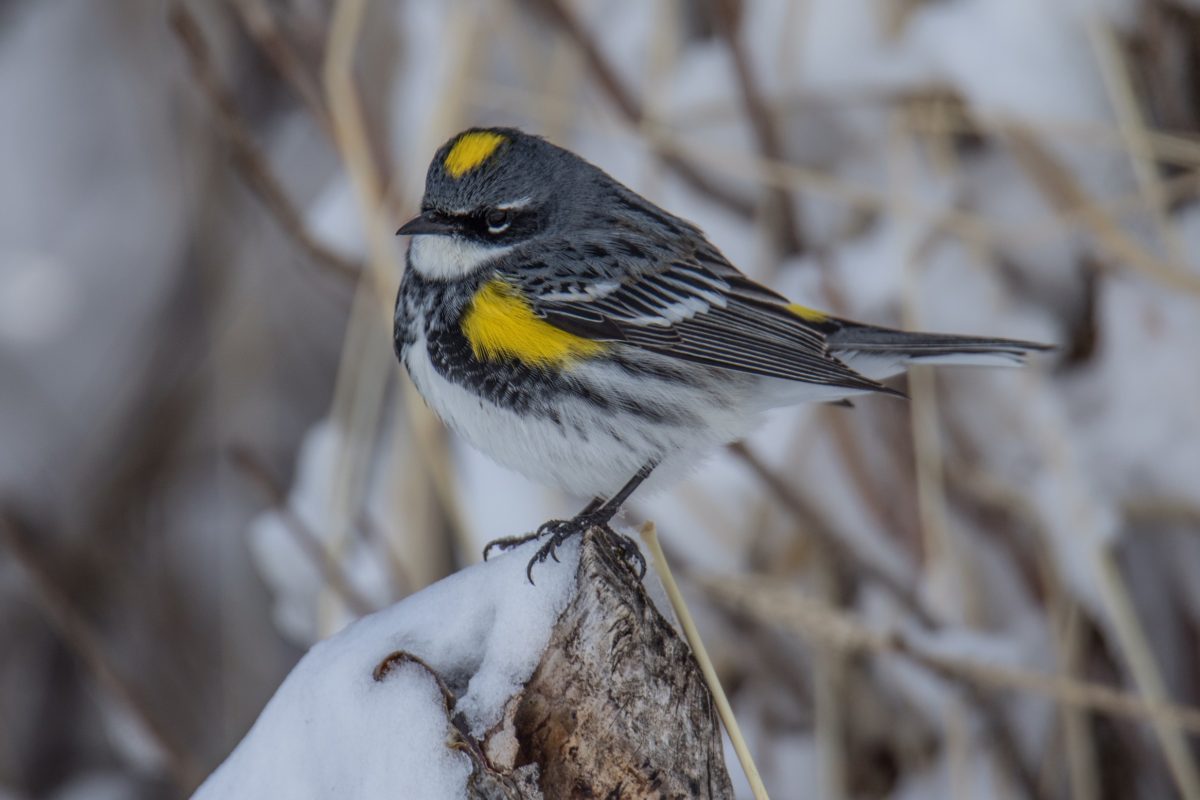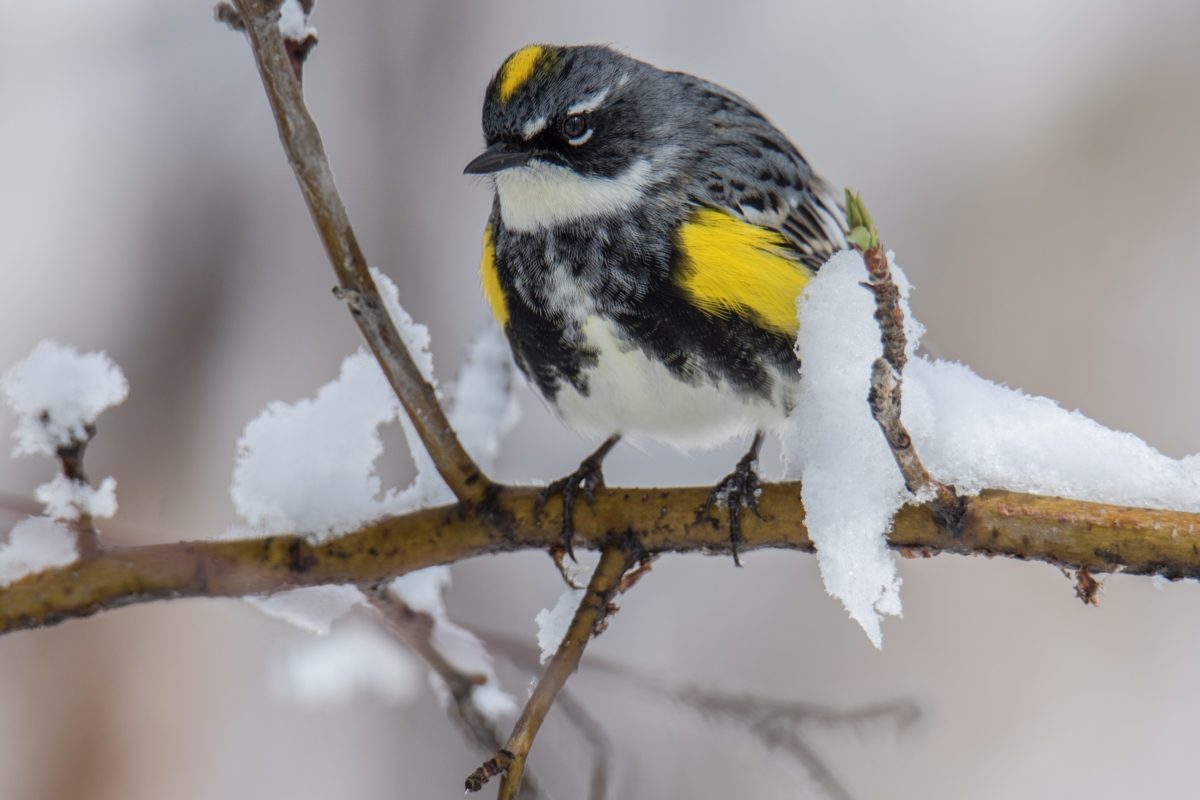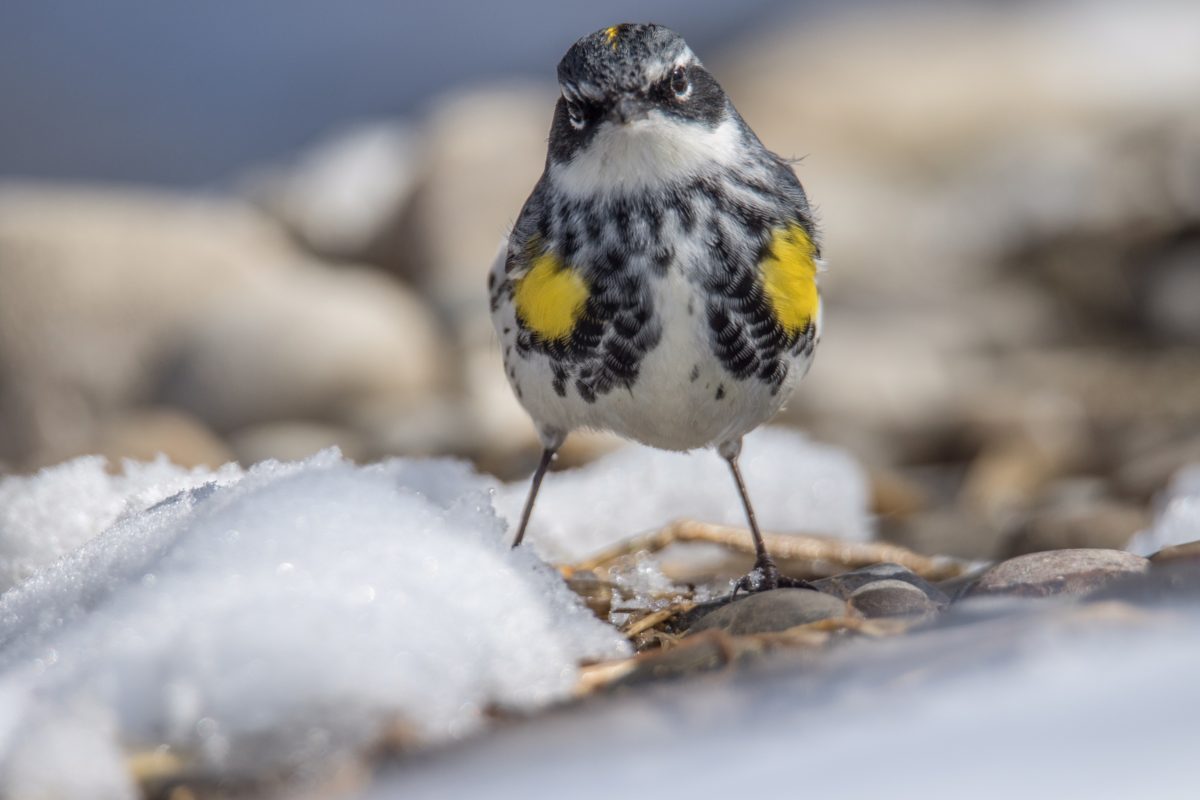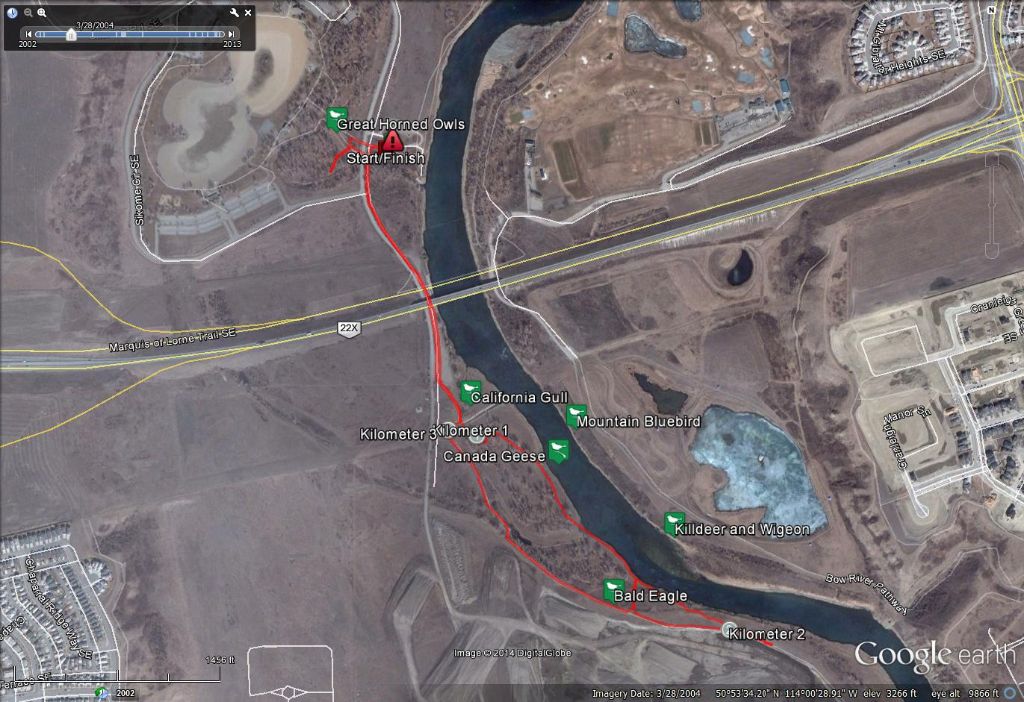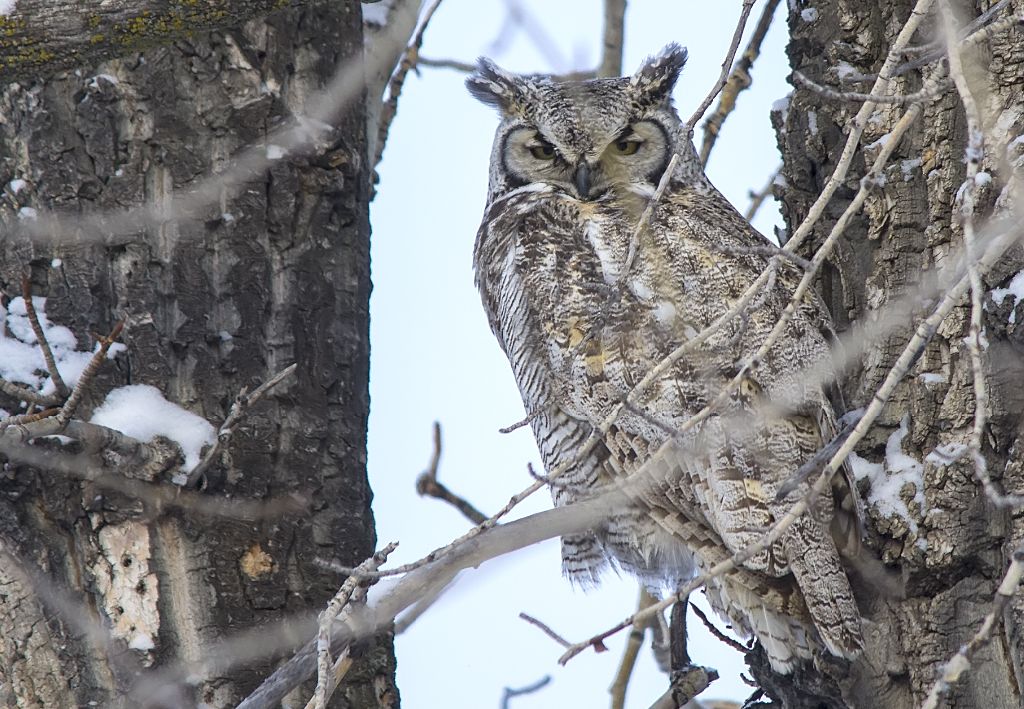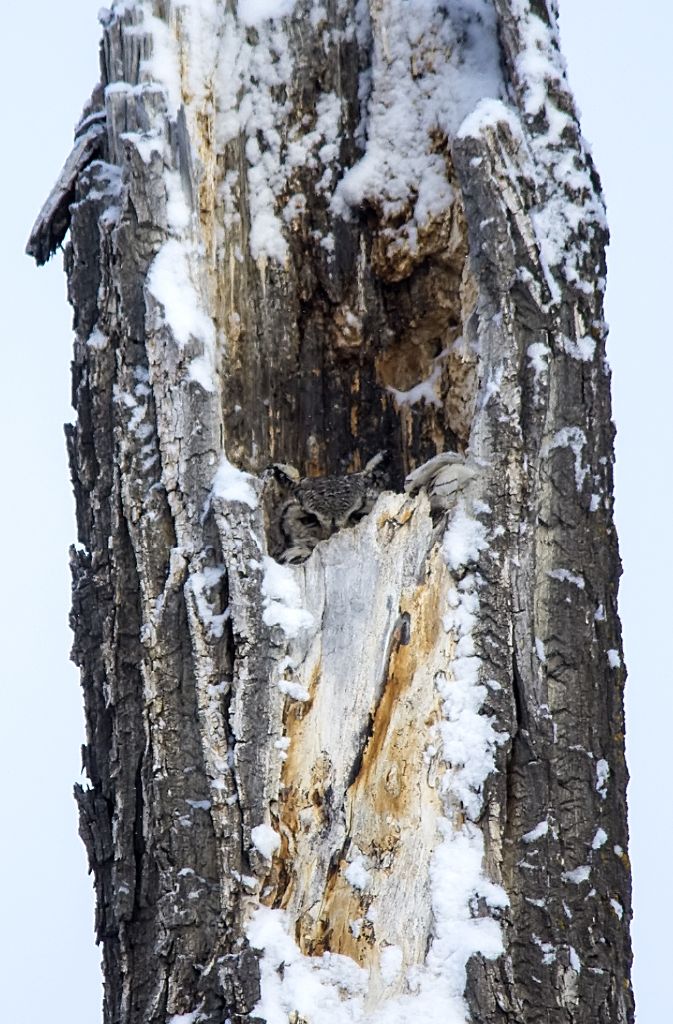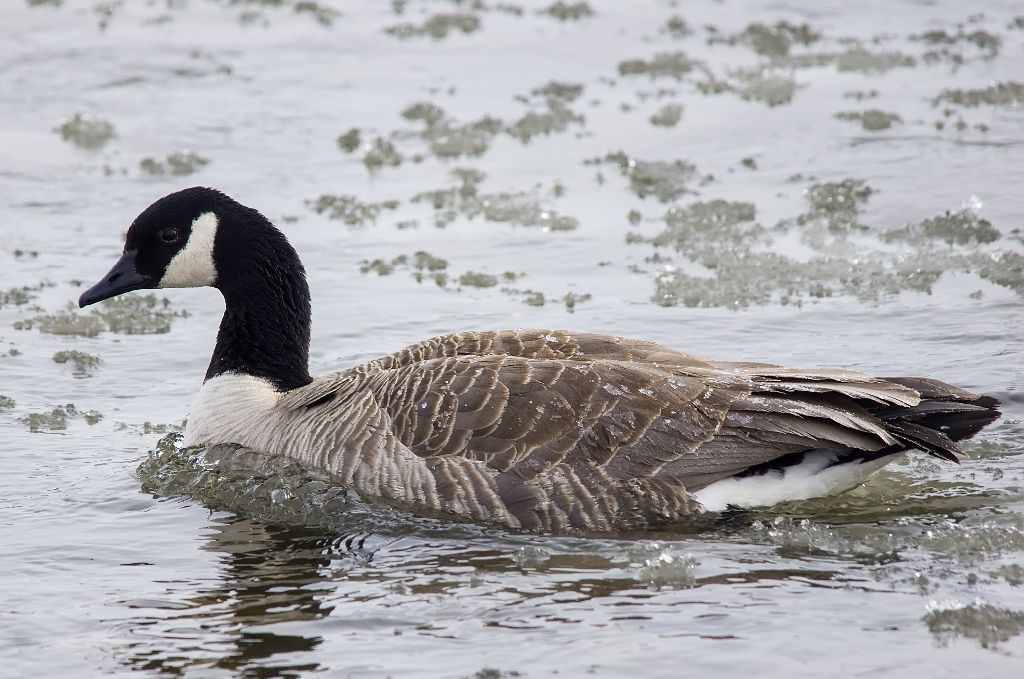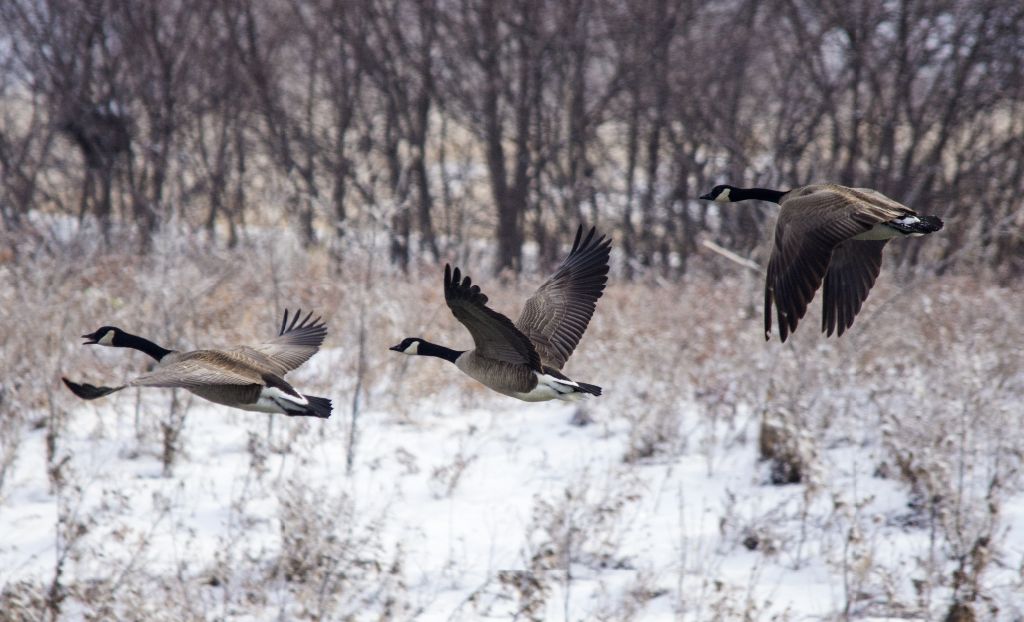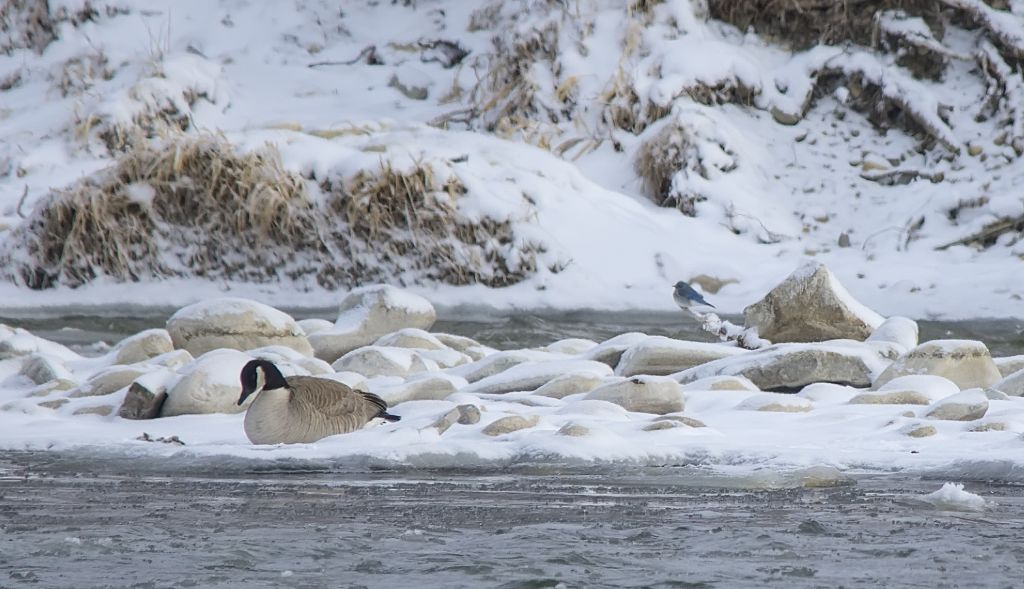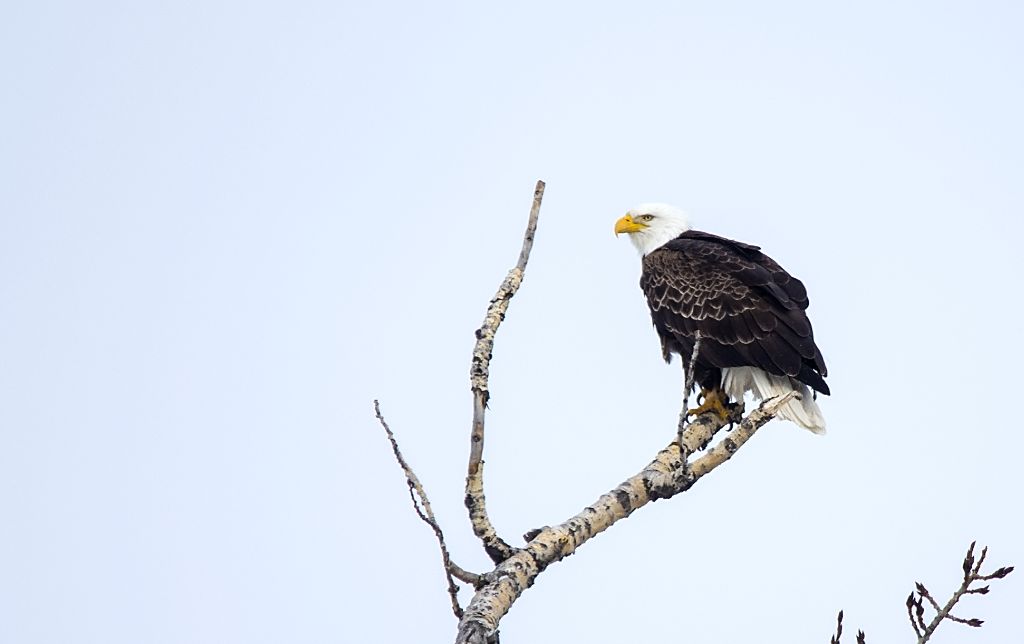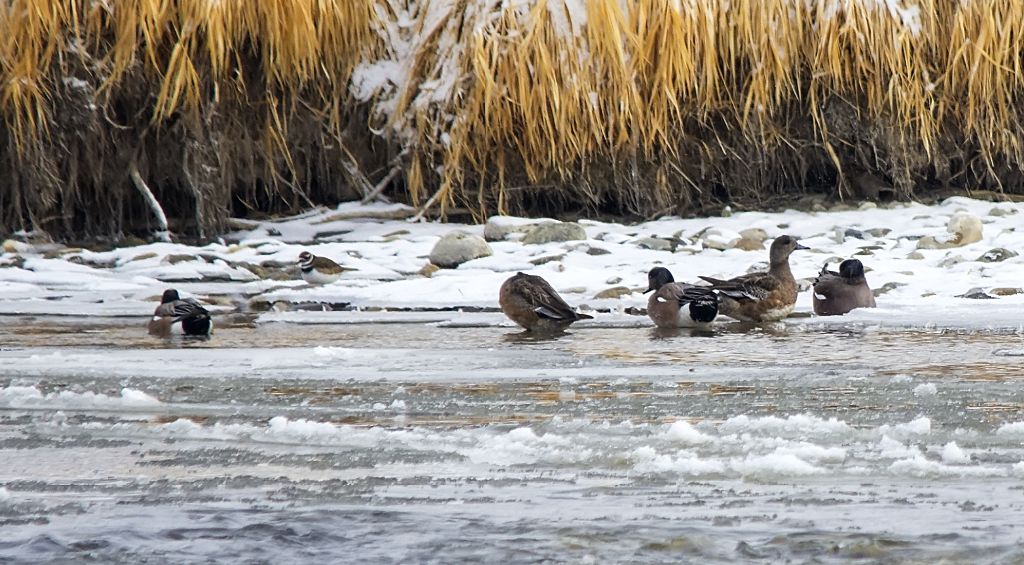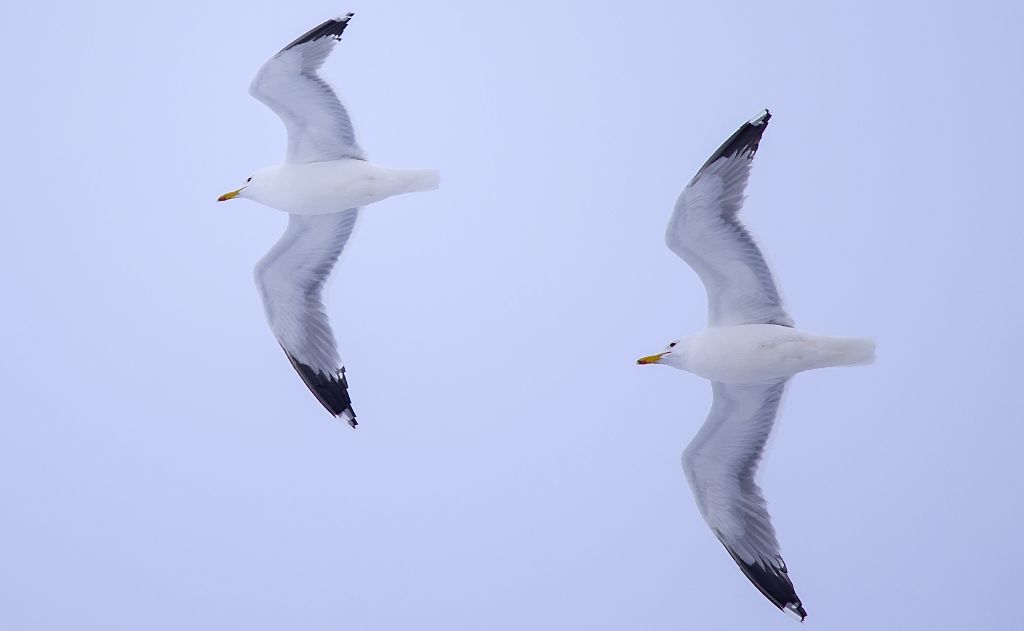Posted by Bob Lefebvre
Photographer and filmmaker Rick Andrews has produced a wonderful wildlife documentary about some of our local birds. Avian Summer has fantastic high-resolution video of birds that migrate into Southern Alberta each spring, where they come to find a mate and raise the next generation, before migrating south again in the fall. Watch the trailer below.
The full film is available to rent or purchase on the Vimeo platform. The cost is $8 for a three-day rental, and $25 to buy. You can watch it on your phone, tablet, or computer. (I played it on my phone and streamed it to our TV, and it looked fantastic.) Proceeds from Avian Summer will benefit the Growing the Grassroots Endowment Fund in support of nature-based interpretive programming at the Helen Schuler Nature Centre in Lethbridge.
I really enjoyed this thirty-seven minute film. It focuses mostly on waterfowl, raptors, herons, and cranes, and a few songbirds. There are a lot of great sequences of birds raising their young.
Rick Andrews is a conservation wildlife photographer and filmmaker from Southern Alberta. He has many other excellent films available for free on Vimeo, so be sure to check them out. (It is free to sign up on Vimeo.) Rick’s collection of films showcases resident wildlife in Southern Alberta, including the full-length documentary Wildlife of the Oldman River Valley (2018), as well as several documentary shorts including Great Horned Owls (2020), Country Club Marmots (2019), and Lethbridge Wild Turkeys (2018).
Here is the poster from the film’s online premier, which was on June 25. The question & answer session with Rick is available to view on the Helen Schuler Nature Center Facebook page here.
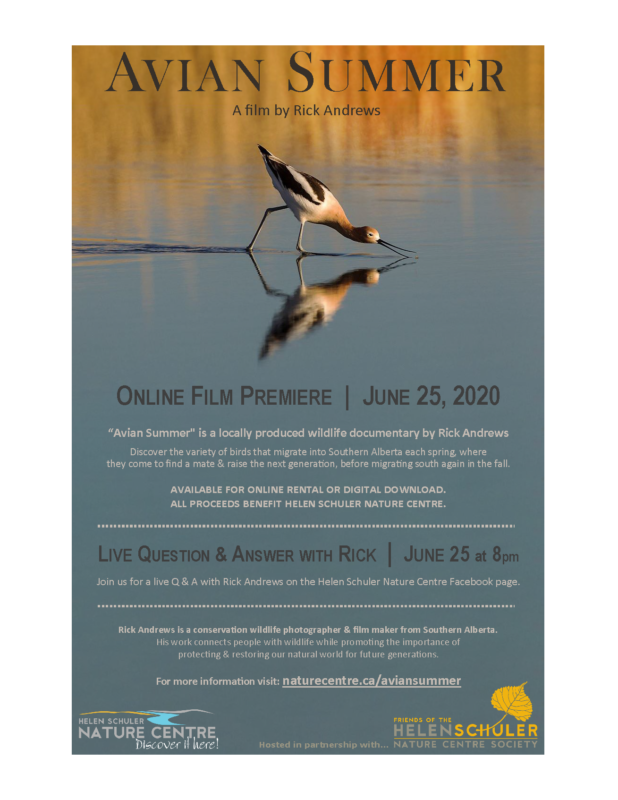
Check out these excellent productions, and help support conservation in southern Alberta.
You can follow Rick Andrews on Facebook here.

